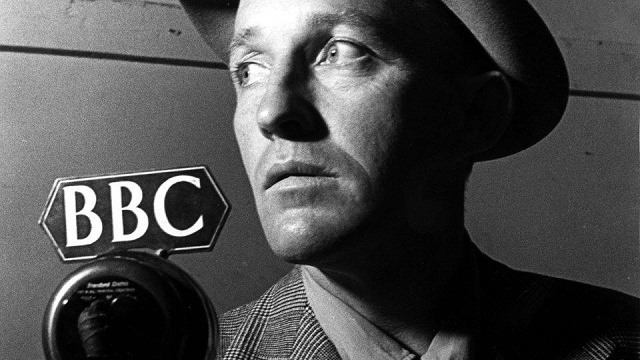The world of WWII journalism worked much differently than today’s reporting. Much of it was done through telegraphs which were printed onto ticker tape, but the tape was usually not saved meaning that in-depth views of past reports have been largely unattainable. Now, a large roll of paper recording several reports has surfaced and is allowing contemporary viewers a new look into WWII journalism.
This document is being sold in New York, and shows that no matter how different the technical aspects may have been, there were actually some similarities between the reporting of today and that of yesteryear. The biggest similarity is that, as it turns out, some instances of WWII journalism were recorded with just as much immediacy as is allowed by Twitter and other social networking outlets. These reports were wired out all over the nation just as soon as they arrived. With these constant updates having previously been printed on thin ticker tape, the roll of updates being sold appears to record hours of news from the Normandy invasions.
It is also quite common today that some news sources rely on others to fill out their information. Apparently, it was no different in the 1940s, as the updates make reference to German news outlets. This is an interesting facet of WWII journalism, in that it shows how the Allies were willing to turn to news updates written by the enemy for the sake of the information provided.
Reports found in the document portray the events of D-Day as they unfolded in the eyes of journalists. The wire network used for the D-Day reports was actually the same one used for news on the stock exchange, showing that WWII journalism took a lead role in the news of the day while other areas of the news were put on hold. Given the large number of troops present at Normandy, it certainly makes sense that the American public would have been more interested in their fate than in anything else, the Mail Online reports.
In 1944, WWII journalism was not perfect but was certainly more expressly delivered than some contemporaries would tend to imagine it. Long before the age of the smart phone, people had to be on hand to receive every one of these updates and continue sending them out to others who awaited news from the front. It is clear upon reading the updates from the thirteen-foot roll that WWII journalism was a highly collaborative effort which occasionally yielded little in the way of satisfactory reports.
